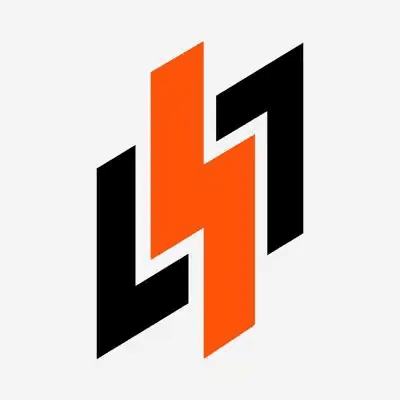How to Build a DAO: A Comprehensive Guide

How to Build a DAO: A Comprehensive Guide
The decentralized revolution is upon us, and as blockchain technology steadily matures, the Decentralized Autonomous Organization (DAO) is becoming a prominent player in reshaping organizational structures. DAOs represent an innovative way to create organizations that are run collectively by their members with pre-established rules encoded on a blockchain. Whether you're an entrepreneur, a tech enthusiast, or a curious bystander, understanding how to build a DAO can unlock a myriad of possibilities.
Introduction
Building a DAO can seem daunting, but with the right approach, it becomes an exciting journey into the world of decentralization. A DAO enables you to harness blockchain to facilitate transparent decision-making processes and align common goals within your community. Let’s explore the essential steps to create a robust DAO.
Step 1: Define Your Purpose
The foundation of any successful DAO lies in its purpose. Start by asking yourself:
- What specific problem will your DAO address?
- Who will be your target community?
- How will your DAO provide value to its members?
Defining clear objectives helps in aligning community values and determinants in the DAO's operation.
Step 2: Choose Blockchain Technology
Selecting the right blockchain platform is crucial. The majority of DAOs are built on Ethereum due to its advanced smart contract capabilities. However, other platforms like Polkadot, Tezos, or Cardano are also gaining traction due to their scalability and interoperability features.
Step 3: Develop Smart Contracts
Smart contracts form the backbone of a DAO. They automate tasks and enforce rules without requiring human intervention. Partner with or hire experienced developers to write and audit the smart contracts, ensuring they are secure and efficient.
Step 4: Design Governance Mechanisms
DAOs function on democratic principles where members have voting rights. Decide the governance structure:
- Token-based voting: Governance tokens give voting rights.
- Quadratic voting: Prevents wealth concentration from skewing decisions.
- Reputation-based voting: Rewards participation and contribution with more weight.
Ensure the mechanism is transparent, fair, and reflects the DAO's core ethos.
Step 5: Fundraise and Distribute Tokens
To sustain operations, DAOs often engage in fundraising through Initial Coin Offerings (ICOs) or token sales. This process serves two purposes: raising capital and distributing governance tokens.
Emphasize organizing a legal framework for your DAO to navigate regulatory landscapes efficiently.
Step 6: Deploy a User-Friendly Interface
Having a seamless and intuitive interface is vital for DAO participants to interact effectively. Consider using platforms like Alchemy or designing custom dashboards that provide insights into votes, discussions, and other DAO processes.
Step 7: Establish a Community
A DAO thrives with an engaged community. Employ social platforms and channels such as Bitget Wallet since it provides secure Web3 capabilities to manage DAO tokens and interact with the community conveniently.
Additional Tips or Notes
Security Is Paramount
Never underestimate the importance of auditing and testing smart contracts. Collaborate with security experts to conduct thorough audits, minimizing vulnerabilities.
Iteration and Feedback
DAOs must remain adaptive. Regularly collect member feedback and iterate the platform’s features or governance structures to accommodate evolving needs.
Future Outlook
As DAOs continue to evolve, they are set to redefine how organizations operate across industries. By making organizations more democratic, transparent, and efficient, DAOs can pioneer new opportunities in markets that value decentralization and inclusiveness.
Embarking on the journey to build a DAO can lead to transformative impacts, both for the individuals involved and the broader community. By adhering to the steps outlined above, you lay the groundwork for a successful DAO — one that could potentially shape the future landscape of decentralized governance.
Getting started might seem challenging, but the rewards of building a thriving, decentralized community are immense and can well surpass the initial hurdles. Are you ready to contribute to the decentralized future?
Want to get cryptocurrency instantly?
Related articles
Latest articles
See more



















